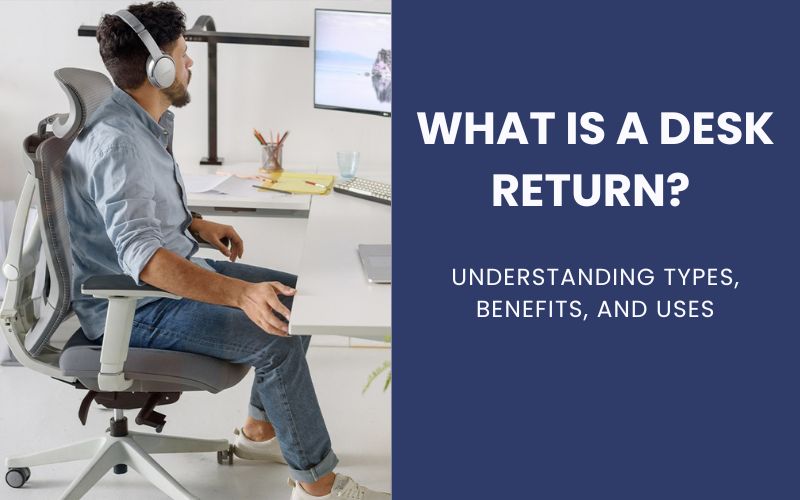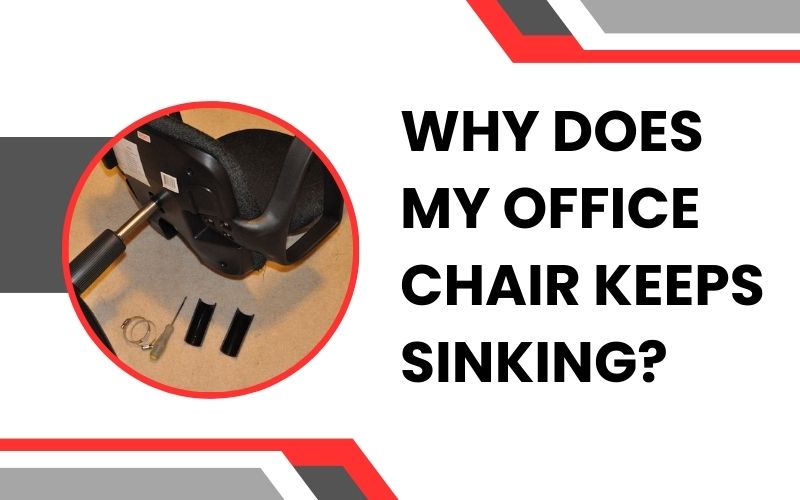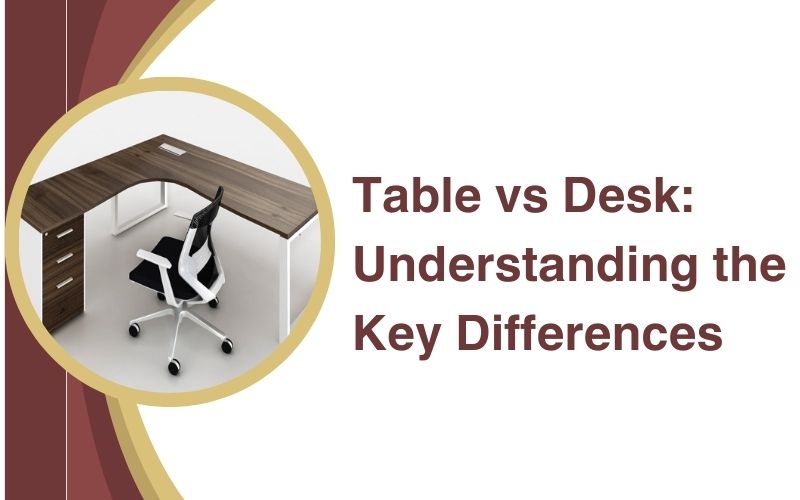In the world of office furniture, terms can sometimes be confusing. One such term is the “desk return.” If you’ve ever found yourself wondering what it means or how it could benefit your workspace, you’re in the right place. This article will dive deep into the concept of desk returns, explaining their purpose, types, benefits, and much more. So, let’s get started and uncover everything you need to know about desk returns.
Understanding Desk Returns
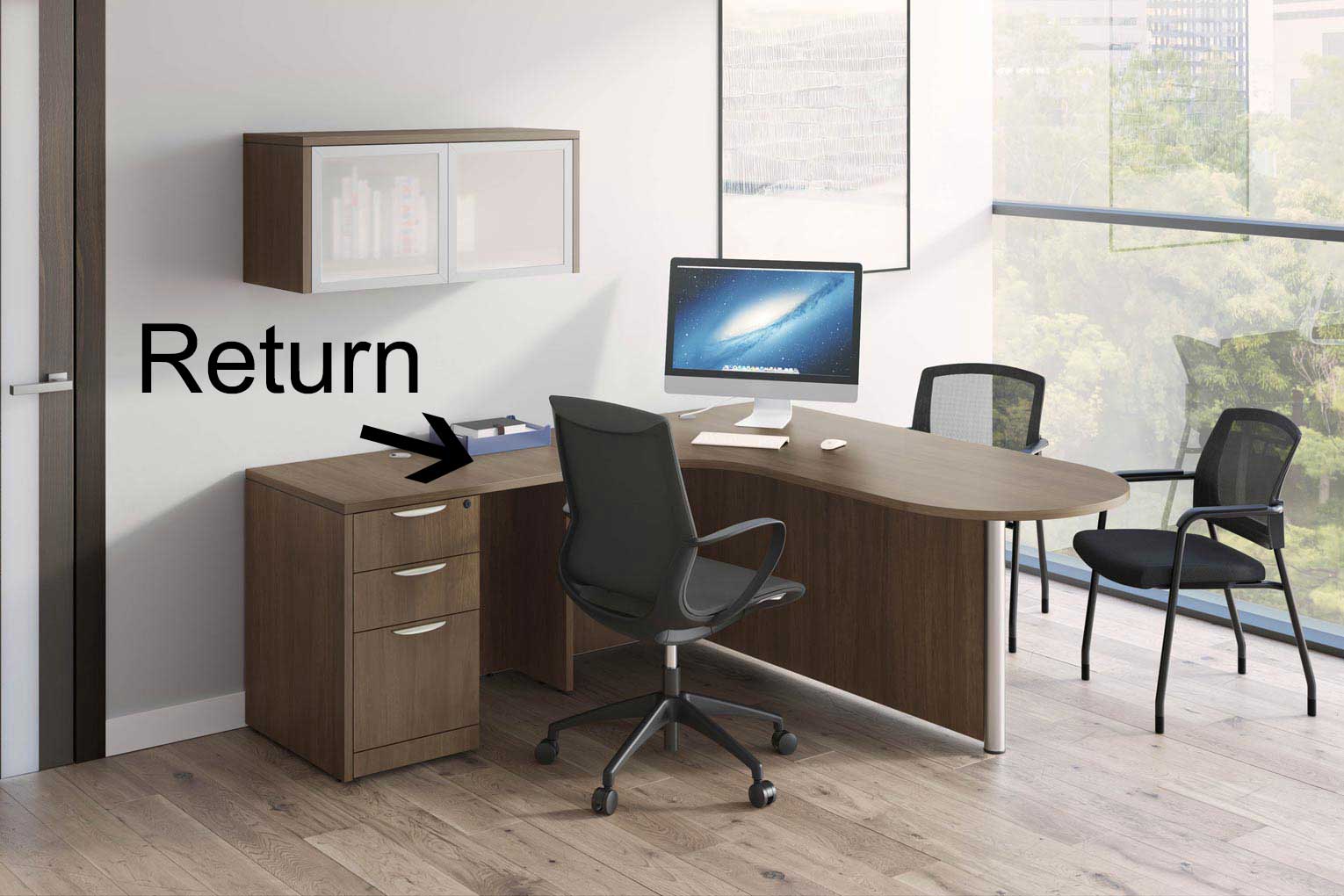
Desk Return Meaning
A desk return is an extension or an add-on that is attached to the main desk, providing additional workstations. This can be on the right or left side of the primary desk, forming an L-shape or U-shape. The purpose of a desk return is to offer more surface area for work tasks and improve the functionality of your desk setup.
Common Uses of Desk Returns
Desk returns are commonly used in office settings where space efficiency and organization are paramount. They are particularly useful for individuals who handle multiple tasks simultaneously, need extra space for documents, or use multiple monitors. By incorporating a desk return, you can enhance your workspace ergonomics and productivity.
Types of Desk Returns
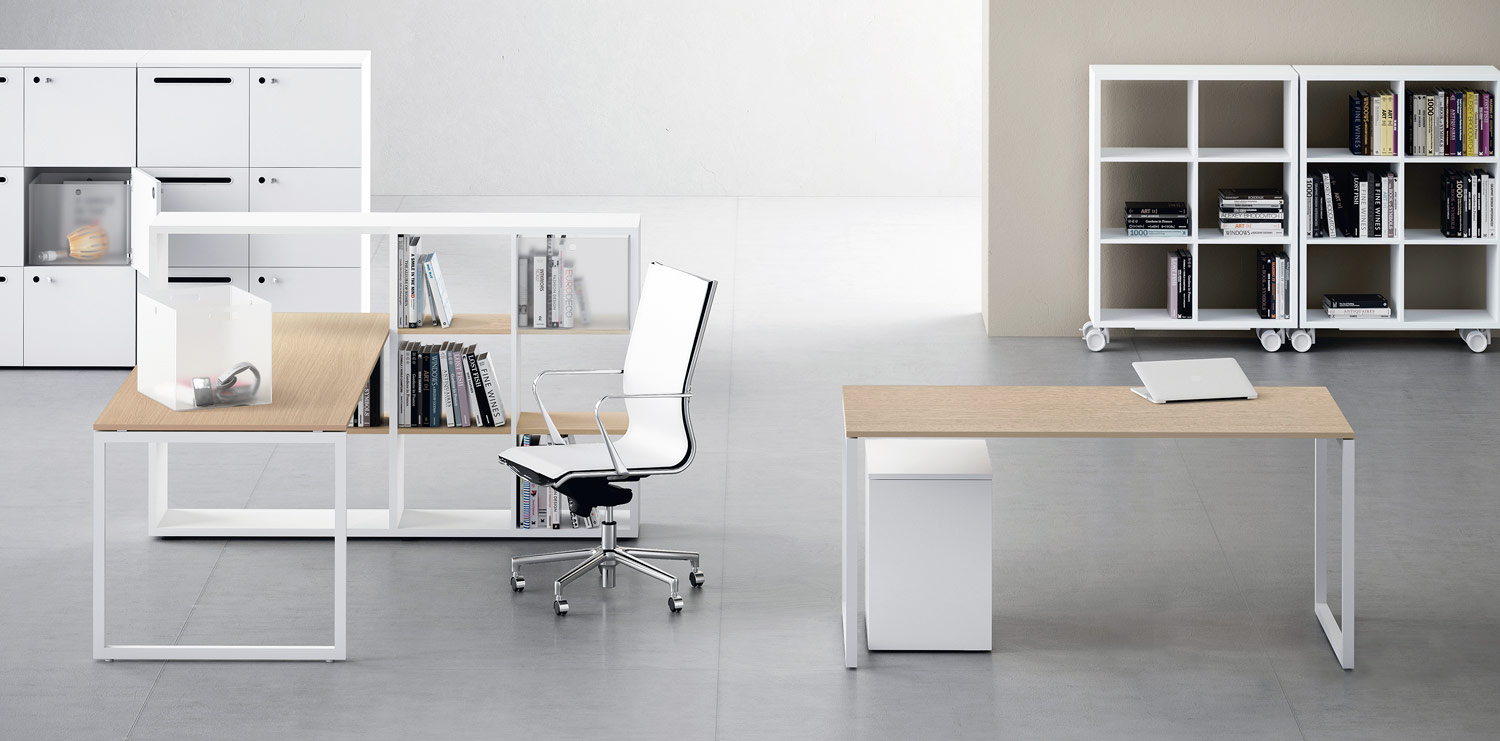
Right Return Desk
A right return desk has the additional workspace on the right side when you are seated at the main desk. This configuration is ideal for right-handed individuals, as it provides easy access to the extended surface without crossing over your body.
Left Return Desk
Conversely, a left return desk has the extension on the left side. This setup is better suited for left-handed people or those who prefer their extra workspace to be on the left side for ease of access.
Features of Desk Returns
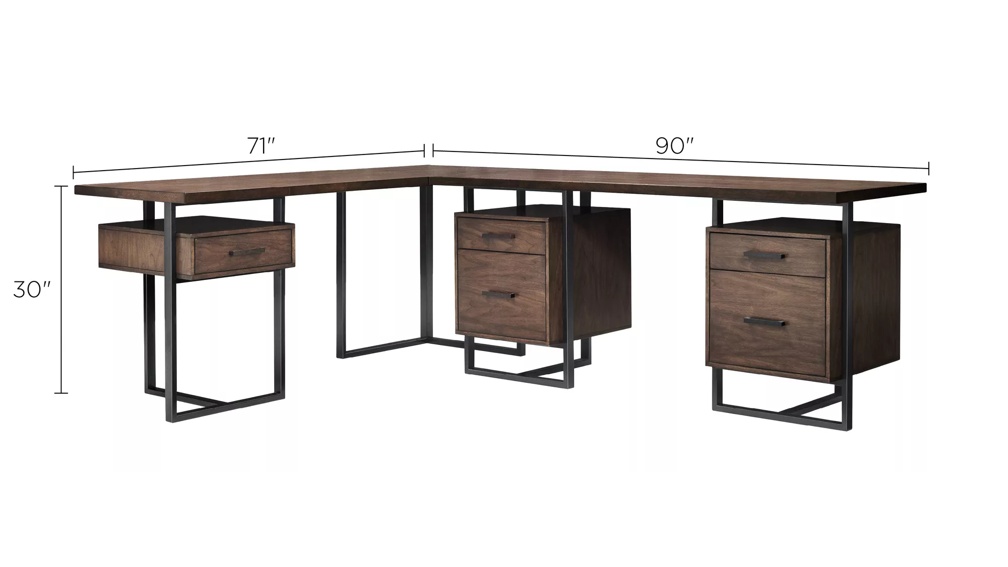
Materials Used
Desk returns are made from a variety of materials including wood, metal, glass, and composite materials. The choice of material affects the desk’s aesthetics, durability, and price.
Design Variations
Desk returns come in different designs to match various office decors and functional needs. You can find sleek, modern designs with minimalist aesthetics or traditional styles with ornate detailing. Some desk returns also include built-in storage solutions such as drawers and shelves.
Choosing the Right Desk Return
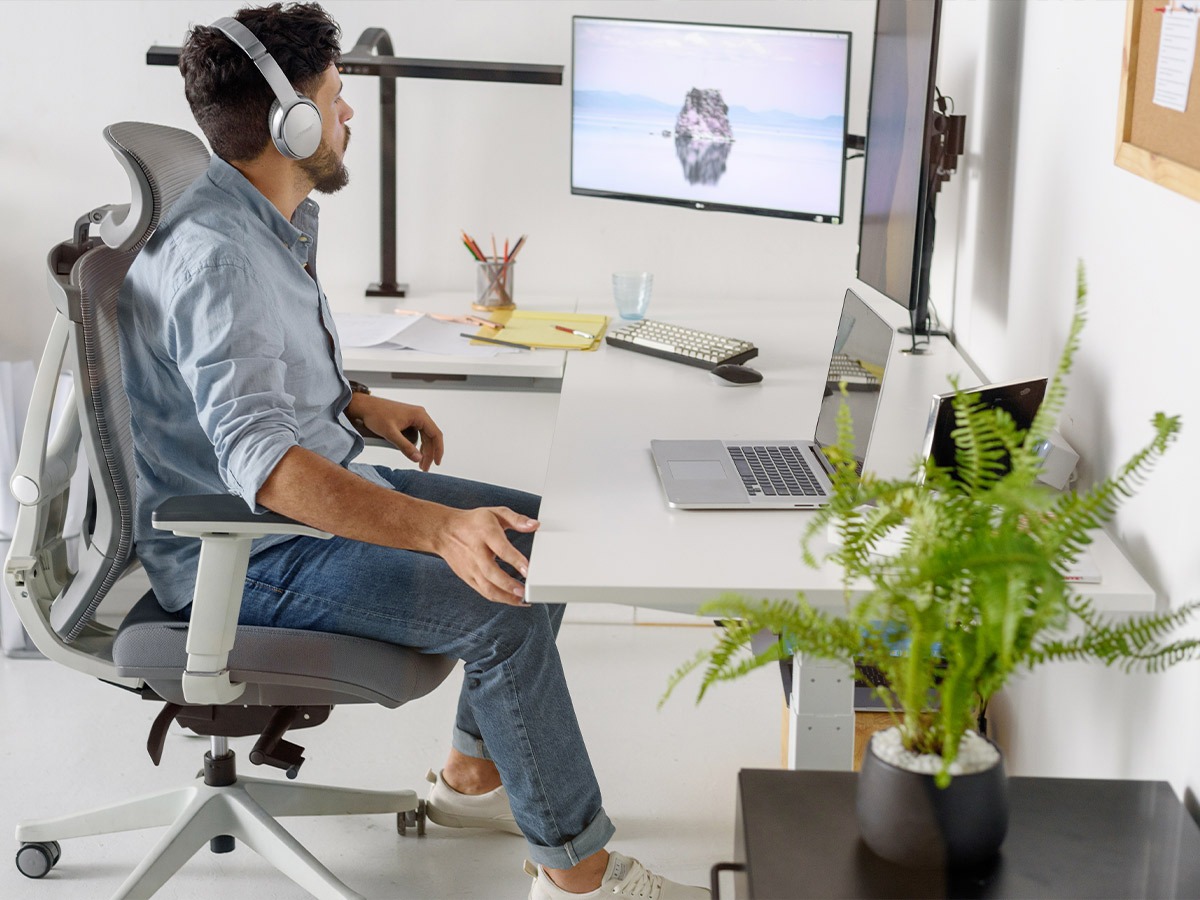
Factors to Consider
When selecting a desk return, consider factors such as the size of your office, your dominant hand, the type of work you do, and your storage needs. Also, think about the overall style of your office to ensure the desk return complements your existing furniture.
Matching Office Decor
To create a cohesive look, choose a desk return that matches the color, material, and design of your current office furniture. This will help maintain a professional and organized appearance.
Benefits of Desk Returns
Enhanced Workspace Efficiency
One of the primary benefits of a desk return is the increased workspace. This allows you to spread out your work materials, making it easier to multitask and stay organized. Whether you need space for documents, a second monitor, or other office supplies, a desk return provides the extra room you need.
Increased Storage and Organization
Many desk returns come with additional storage options such as drawers, shelves, and cabinets. This helps keep your workspace tidy by providing designated places for your office essentials. With everything neatly stored away, you can maintain a clutter-free desk.
Comparing Desk and Table
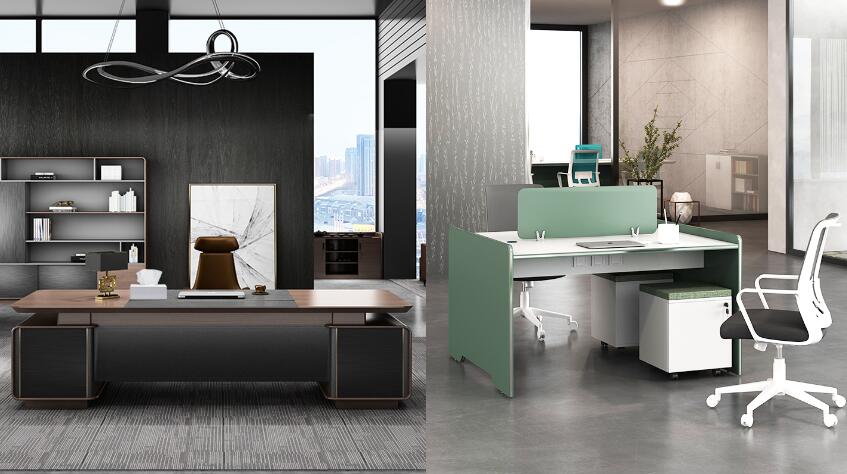
Table and Desk Difference
While both tables and desks provide a flat surface for work, desks are typically designed with additional features such as drawers, cable management systems, and ergonomic considerations. Tables, on the other hand, are more basic and may not offer the same level of functionality or storage options.
When to Choose a Desk Over a Table
Choose a desk over a table if you require more than just a flat surface. Desks are better suited for office environments where you need to organize paperwork, manage cables, and maintain an ergonomic posture. Tables might be more appropriate for meeting rooms or casual workspaces where storage and ergonomics are less of a concern.
Office Desk Return Integration
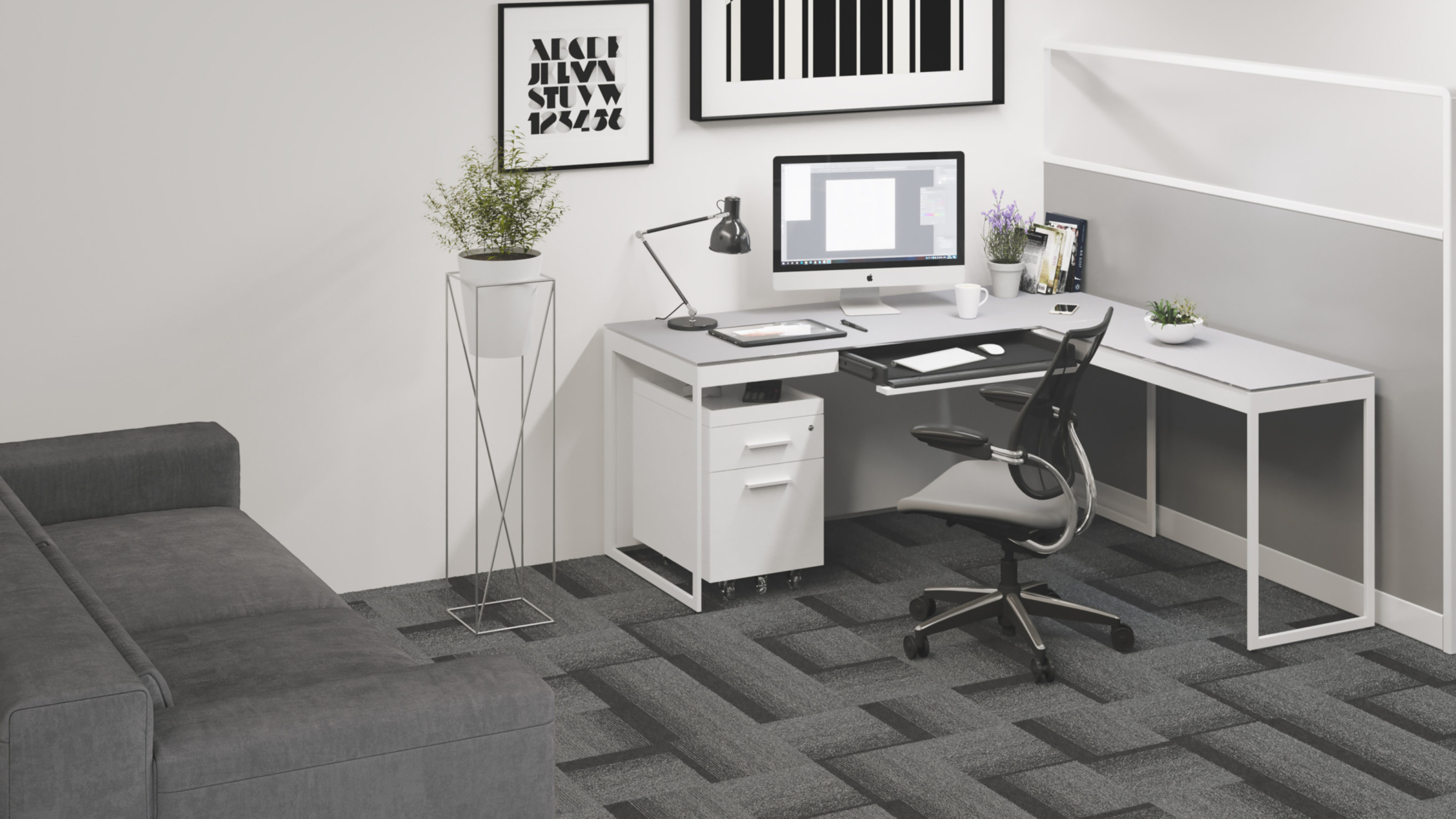
How to Integrate Desk Returns in Your Office
Integrating a desk return into your office involves careful planning of your layout. Place the desk return in a position that maximizes space and accessibility. Ensure it doesn’t obstruct movement or create a cramped environment.
Best Practices for Placement
Consider the flow of your office space when placing a desk return. Make sure it allows for easy access to other office areas and doesn’t block windows or doors. Ideally, the desk return should enhance the functionality of your workspace without causing inconvenience.
Popular Desk Return Configurations
L-shaped Desks
L-shaped desks are a popular configuration that includes a desk return. This setup provides ample workspace and is suitable for corner placements, maximizing office space.
U-shaped Desks
U-shaped desks take the concept further by adding another desk return, forming a U-shape. This configuration offers extensive workspace and storage options, ideal for those who require a large working area.
Desk Return Accessories
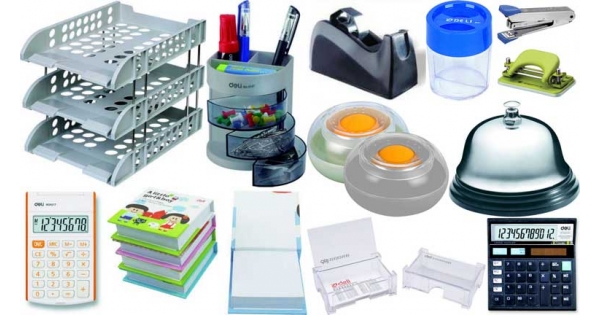
Cable Management Solutions
One common issue with desk setups is cable clutter. Desk returns often come with cable management solutions like grommets and trays to keep cables organized and out of sight.
Drawer Units and Shelves
Enhance the functionality of your desk return with additional desk accessories like drawer units and shelves. These add-ons provide extra storage and help keep your workspace organized.
Customization Options
Custom-built Desk Returns
For a truly unique office setup, consider custom-built desk returns. These are tailored to your specific needs and preferences, ensuring you get exactly what you need for your workspace.
Modular Desk Returns
Modular desk returns offer flexibility, allowing you to add or remove components as your needs change. This is a great option for growing businesses or dynamic work environments.
Maintenance and Care
Cleaning Tips
To keep your desk return looking its best, clean it regularly with appropriate cleaning agents. Avoid harsh chemicals that can damage the material. Dusting and wiping with a damp cloth are usually sufficient.
Longevity and Durability
Choose high-quality materials and build for your desk return to ensure it lasts long. Regular maintenance, like tightening screws and checking for wear, can extend its lifespan.
Cost Considerations

Budget-friendly Options
There are plenty of budget-friendly desk return options that offer good functionality without breaking the bank. Look for materials like laminate and MDF that provide a good balance of cost and durability.
High-end Desk Returns
If budget is not a constraint, high-end desk returns made from premium materials like solid wood or metal can add a touch of luxury to your office. These options often come with advanced features and superior build quality.
Environmental Impact
Sustainable Materials
Opt for desk returns made from sustainable materials like bamboo or recycled wood. These options reduce environmental impact and promote eco-friendly practices.
Eco-friendly Practices
Consider manufacturers that follow eco-friendly practices, such as using low-VOC finishes and sustainable sourcing of materials. Supporting such companies can help reduce your office’s carbon footprint.
Conclusion
In conclusion, a desk return is a valuable addition to any office setup, providing extra workspace, storage, and organization. By understanding the different types, features, and benefits, you can choose the right desk return that meets your needs and enhances your productivity. Whether you opt for a budget-friendly option or a high-end custom piece, a desk return can significantly improve your work environment.
Frequently Asked Questions (FAQs)
Q.1 What is a desk return?
A desk return is an extension attached to the main desk, providing additional workspace and storage options.
Q.2 How do I choose between a right or left return desk?
Choose based on your dominant hand and workspace layout. Right-handed individuals typically prefer right return desks and vice versa.
Q.3 Can a desk return be added to any desk?
Desk returns are usually designed to match specific desk models, but modular options can be added to various desks.
Q.4 What are the advantages of using a desk return?
Desk returns offer increased workspace, better organization, and additional storage, enhancing overall productivity.
Q.5 Are desk returns suitable for home offices?
Yes, desk returns can be a great addition to home offices, providing extra space and improving workspace efficiency.

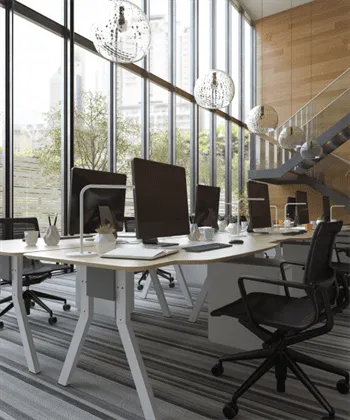 Workstations
Workstations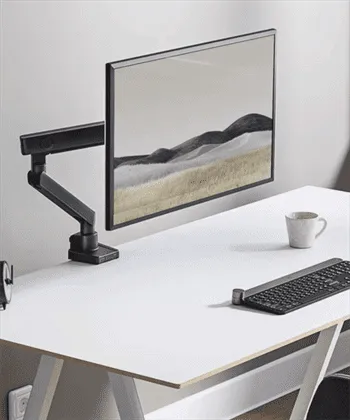 Monitor Arms
Monitor Arms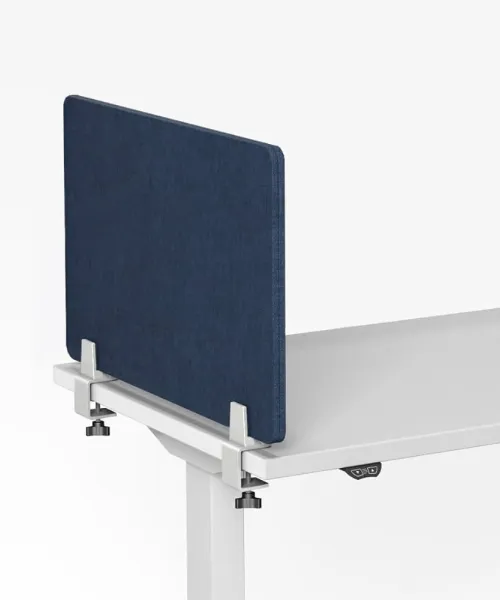 Dividers
Dividers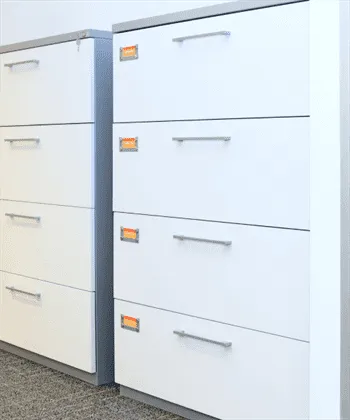 Storage
Storage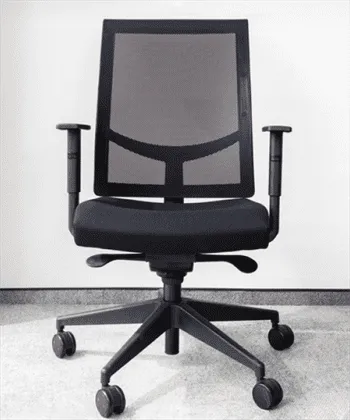 Seatings
Seatings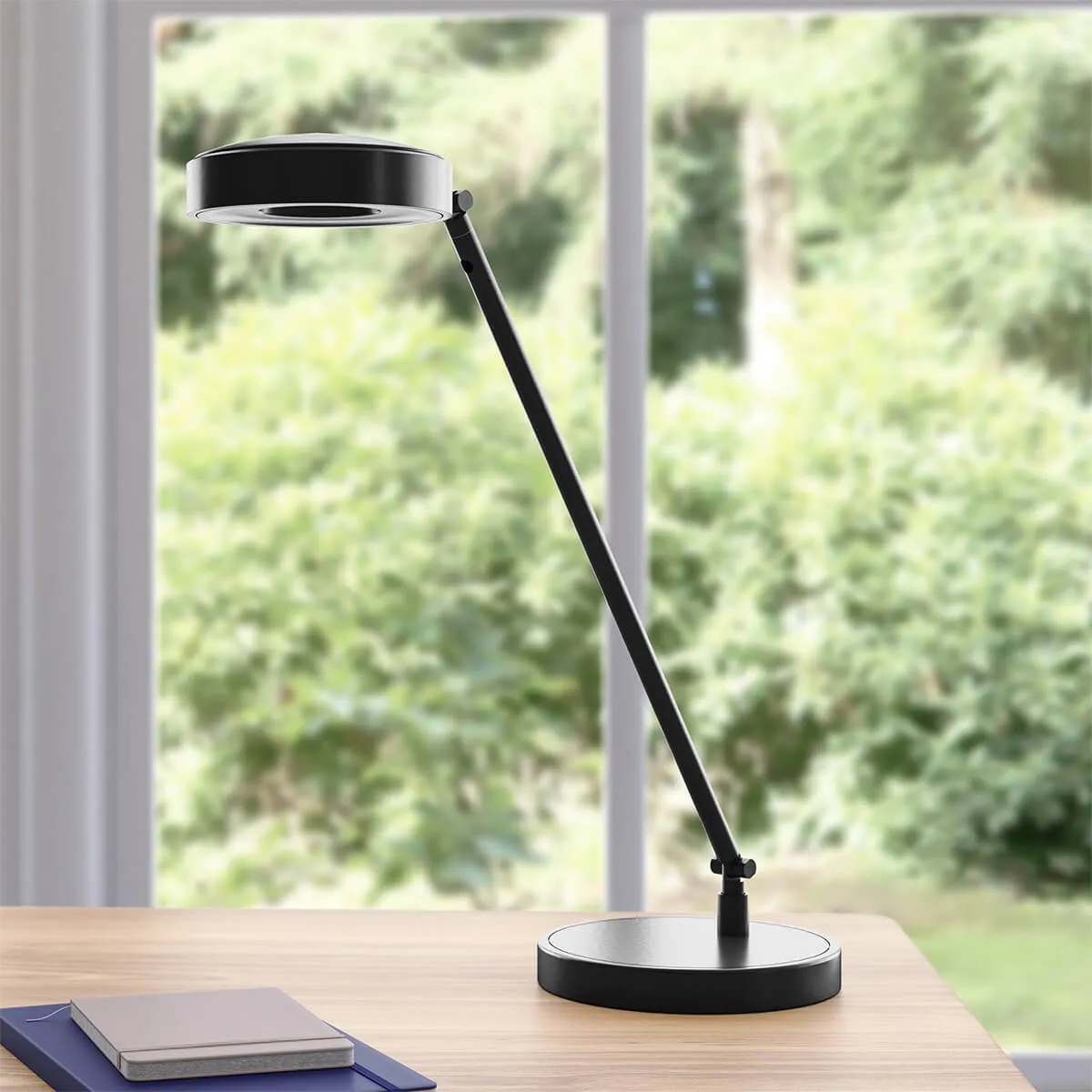 Accessories
Accessories